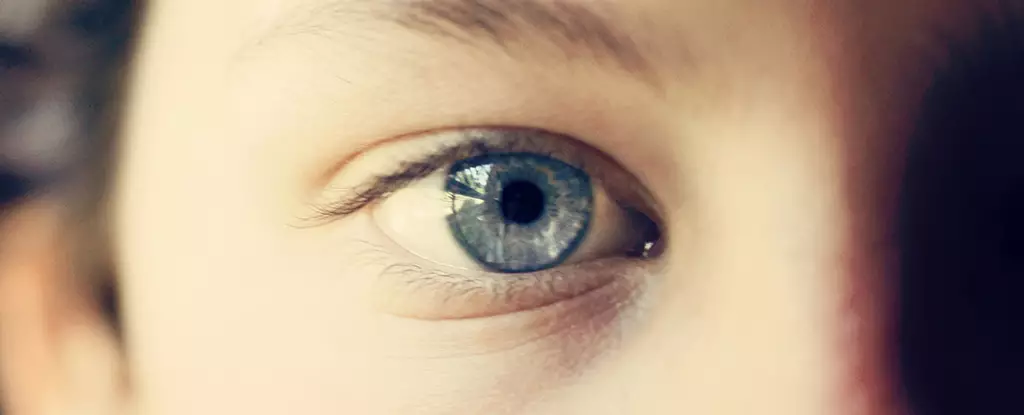Recent research indicates that deep learning AI models have the potential to be powerful tools in screening for autism and determining the severity of the condition. This groundbreaking study suggests that by analyzing the retinas of individuals, AI algorithms can accurately identify those with autism. The retina, often considered a window to the brain, exhibits structural changes that reflect alterations in brain structures, a key characteristic of Autism Spectrum Disorder (ASD). This article explores the implications and possibilities of using AI to screen for autism based on retina photographs, offering an objective, timely, and potentially transformative approach.
Studies have previously established a connection between changes in retinal nerves and ASD. The interconnectivity of the central nervous system and the brain structures suggests that the eye can provide insights into the condition. Researchers explain that “individuals with ASD have structural retinal changes that potentially reflect brain alterations, including visual pathway abnormalities through embryonic and anatomic connections.” These findings lay the foundation for utilizing AI algorithms to analyze retinal patterns and identify potential markers of ASD.
In this groundbreaking study by the Yonsei University College of Medicine in the Republic of Korea, researchers trained an AI model to identify ASD using retinal patterns. The AI was trained on a dataset consisting of images where it was informed whether the subjects had autism or not. The model was then tested on retinas from 958 children and teenagers, half of whom had been diagnosed with autism. Remarkably, the AI achieved perfect accuracy in distinguishing between individuals with autism and those without.
While the AI model exhibited exceptional accuracy in identifying the presence of autism, its performance in predicting symptom severity was slightly weaker. The AI was only able to accurately predict symptom severity between 48-66 percent of the time. This highlights an area where further research and development are needed. However, given the potential of AI in assisting with earlier assessments and reducing wait times for diagnosis, this setback can be seen as a stepping stone for future improvements.
While this study focused on children and adolescents between the ages of 4 and 18, researchers suggest that the AI model could potentially be effective in even younger children. The team believes that retinal alterations associated with ASD may manifest before retinal maturation, indicating that the impact of AI screening could extend to a broader age range. Future studies should explore the application of this technology to younger children and investigate the potential benefits of early intervention through AI-based screenings.
This study adds to the growing body of research recognizing the eyes as a mirror to an individual’s brain activity. The retina’s response to light has previously been linked to conditions such as Attention Deficit Hyperactivity Disorder (ADHD) and ASD. The ability to utilize retinal photos as a viable screening tool for autism opens up significant opportunities for early detection and subsequent support for those affected. With approximately one in 36 individuals being autistic, timely diagnoses can empower young people, enhancing their self-understanding and improving their journey through life.
The findings of this study herald a new era in autism screening, introducing a potential objective screening method through the analysis of retinal photographs. Early intervention plays a crucial role in supporting individuals with ASD, and AI-based screening can significantly contribute to the early identification of the condition. By detecting markers of autism in retinal patterns, AI can facilitate timely assessments, reducing waiting times and ensuring that individuals receive the support they need as early as possible.
The application of deep learning AI models in screening for autism through retinal patterns holds immense promise. This revolutionary research showcases the capability of AI algorithms to accurately identify autism based on retinal photographs. While further development is required to enhance the prediction of symptom severity, the potential benefits for early intervention are undeniable. By harnessing the power of AI, we can pave the way for improved outcomes and a brighter future for individuals with autism.



Leave a Reply